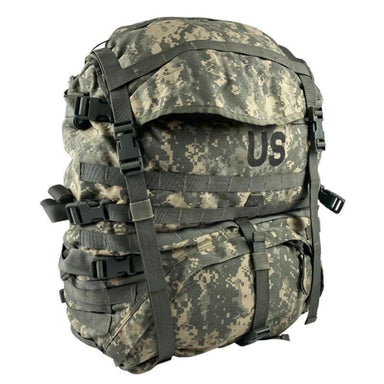
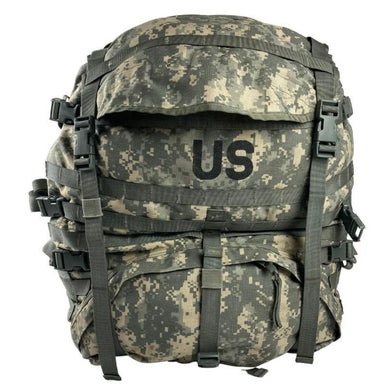
USGI | MOLLE 2 Rucksack | Main Pack
Ample Storage Capacity: The MOLLE II Large Ruck Sack offers generous storage space, allowing you to carry all the gear and supplies you need for e...
View full details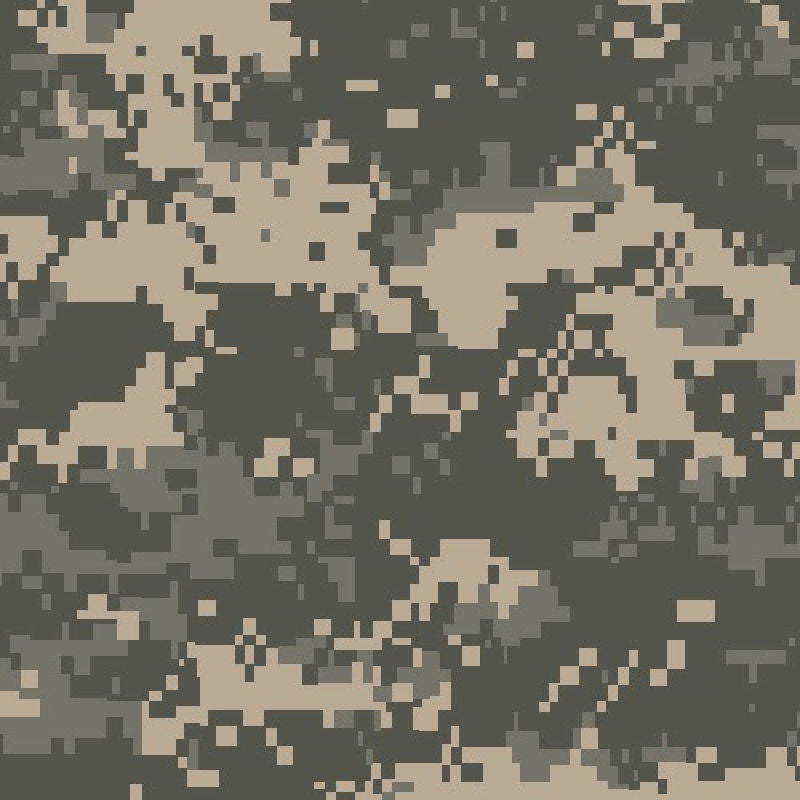
UCP Pattern | Universal Camouflage Pattern Explained
The UCP pattern, short for Universal Camouflage Pattern, was the digital camouflage design adopted by the U.S. Army in the early 2000s. Also known as ACUPAT (Army Combat Uniform Pattern), it debuted in 2004 with the goal of serving as a single, all-environment camouflage solution—usable across woodland, desert, and urban terrains.
The UCP pattern features a pixelated blend of grey, tan, and sage green, inspired by CADPAT and MARPAT digital camo. Its digital design aimed to obscure a soldier’s outline more effectively than traditional camouflage.
Digital Pixel Camouflage: Breaks up silhouettes with a computerized, pixelated effect.
Three-Color Blend: Uses grey, tan, and sage green for mid-range concealment.
Universal Intent: Designed to replace multiple camo patterns with a single, standardized look.
Despite its promise, the UCP pattern faced criticism for underperforming in field tests, especially in woodland and jungle environments. Studies revealed it offered limited concealment, and by 2015, the U.S. Army replaced it with the more effective Operational Camouflage Pattern (OCP).
Influenced By: Canadian CADPAT and USMC’s MARPAT.
Launched With: The Army Combat Uniform (ACU) in 2005.
Phased Out: Officially retired in favor of OCP/Scorpion W2 due to field performance issues.
Why the UCP Pattern Matters
The UCP pattern remains a significant chapter in modern military uniform history. It’s a key example of how digital camouflage evolved—and how even high-tech designs must undergo real-world testing. While no longer in active use, UCP gear is still widely available through military surplus and appeals to collectors, airsoft players, and tactical gear enthusiasts.

 Save Liquid error (snippets/product-badge line 32): Computation results in '-Infinity'%
Save Liquid error (snippets/product-badge line 32): Computation results in '-Infinity'%
Ample Storage Capacity: The MOLLE II Large Ruck Sack offers generous storage space, allowing you to carry all the gear and supplies you need for e...
View full details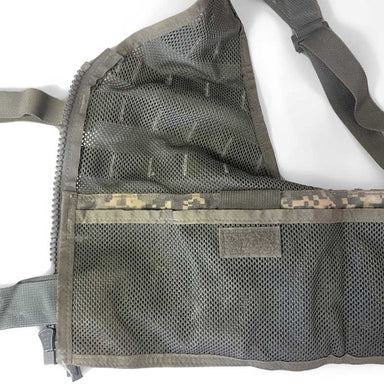
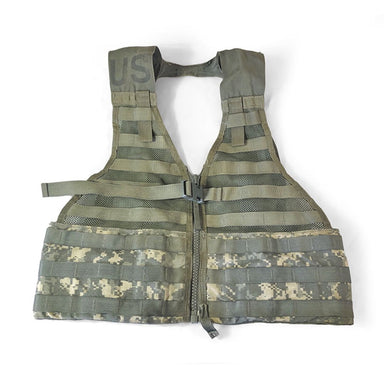 Save Liquid error (snippets/product-badge line 32): Computation results in '-Infinity'%
Save Liquid error (snippets/product-badge line 32): Computation results in '-Infinity'%
Versatility: ACU load-bearing vests are designed to be versatile and customizable, allowing you to adjust the configuration based on your specific ...
View full details
